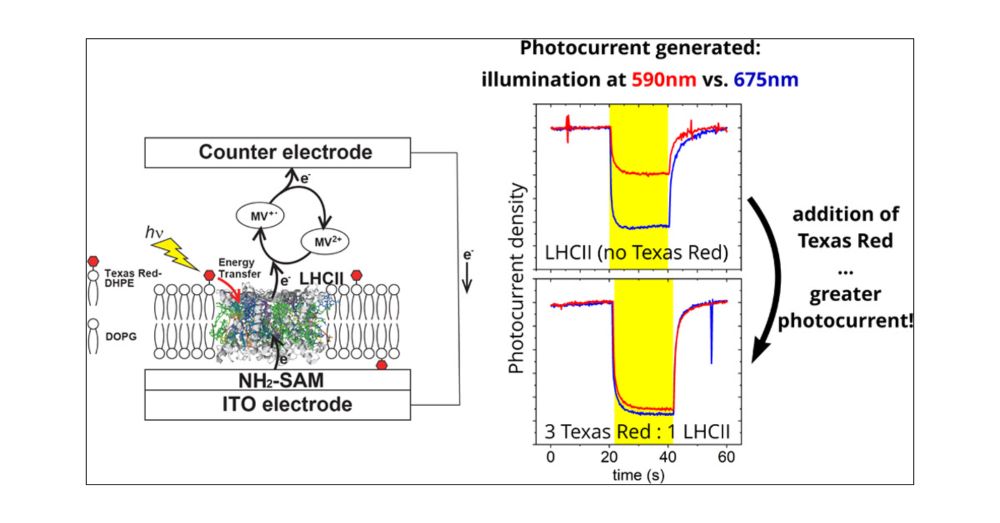
Great work Sagar Satpathi @universityofleeds.bsky.social! collab with Hitchcock, Psencik, Schlau-Cohen labs :-)

Great work Sagar Satpathi @universityofleeds.bsky.social! collab with Hitchcock, Psencik, Schlau-Cohen labs :-)



Our new paper is out in @JPhysChem now!
doi.org/10.1021/acs....
Great work from Ash Hancock in collaboration with Dewa group in Nagoya!
@universityofleeds.bsky.social
@ukri.org

Our new paper is out in @JPhysChem now!
doi.org/10.1021/acs....
Great work from Ash Hancock in collaboration with Dewa group in Nagoya!
@universityofleeds.bsky.social
@ukri.org

